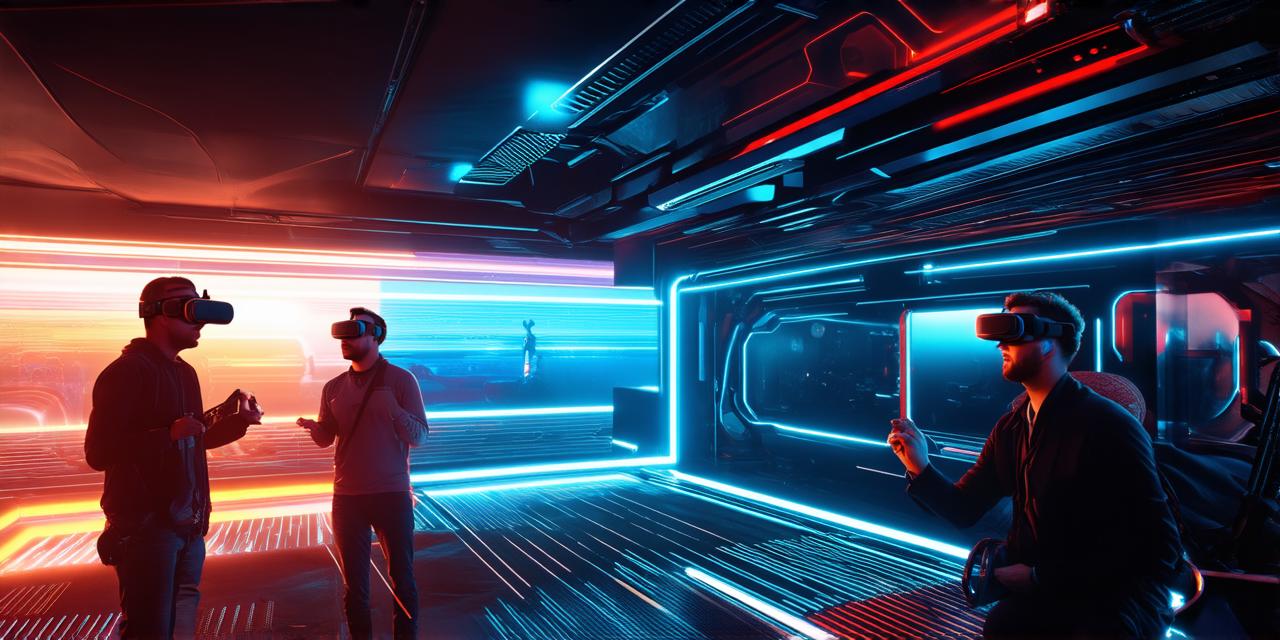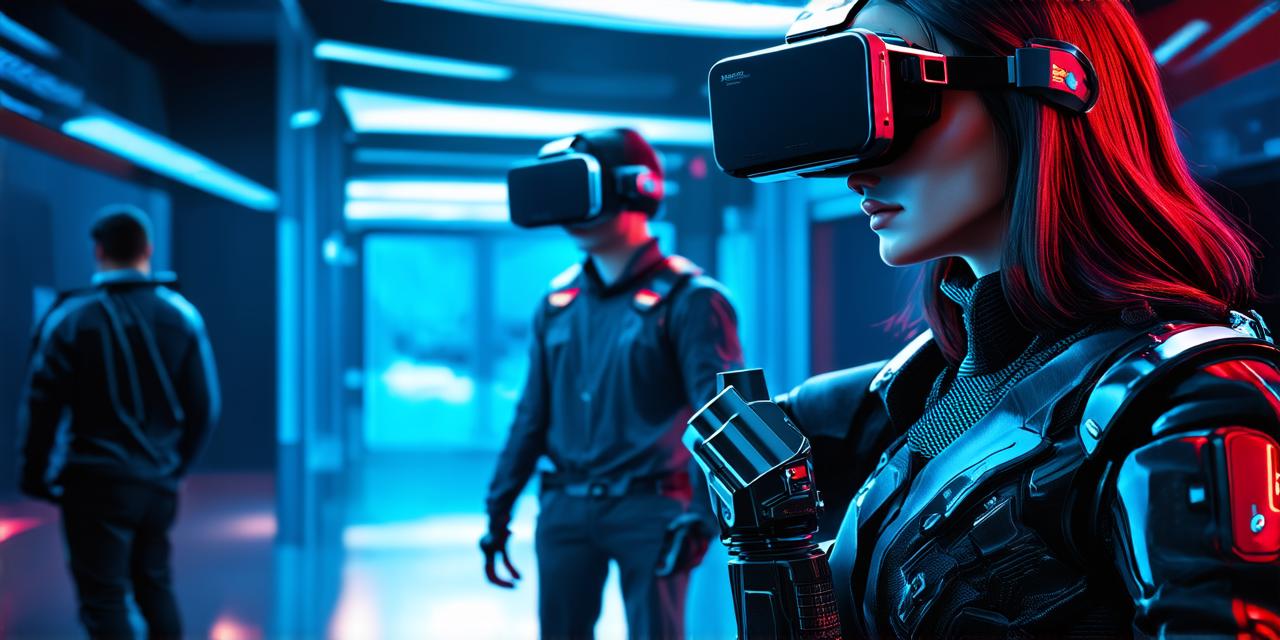
What is VR mostly used for?
Here’s the corrected HTML code for the article:
Virtual Reality (VR) is a technology that allows users to experience an immersive, simulated environment in which they can interact with objects and other people as if they were real. VR has been around for several decades and has evolved significantly in recent years, thanks to advances in computing power and display technologies.
One of the most common uses of VR is in gaming. Many modern video games use VR technology to create a more immersive experience for players. With VR, gamers can feel like they are actually part of the game world, which can make the experience more engaging and enjoyable.
Another area where VR is gaining popularity is in education. Teachers can use VR to take students on virtual field trips to places they might not otherwise have the opportunity to visit, such as ancient ruins or outer space. This can provide a unique learning experience for students and help them gain a better understanding of the world around them.

VR is also being used in healthcare. For example, doctors can use VR simulations to practice surgical procedures, which can improve their skills and reduce the risk of complications during actual surgeries. In addition, VR can be used to create realistic simulations of patients’ conditions, which can help doctors better understand and treat their patients.
VR is also being used in business and training. For example, companies can use VR simulations to train employees on complex tasks or to simulate real-world scenarios, such as emergency response situations. This can help employees feel more prepared for these situations and can improve the overall safety of the workplace.
In summary, VR is a versatile technology that has many different applications. While it is most commonly used in gaming, education, healthcare, and business, it is likely that we will see new uses for VR emerge as the technology continues to evolve.

